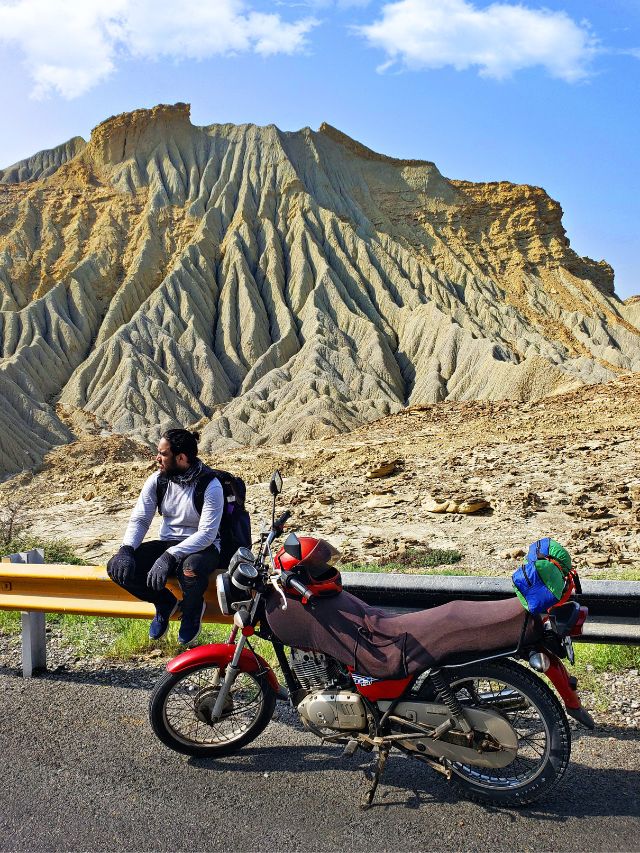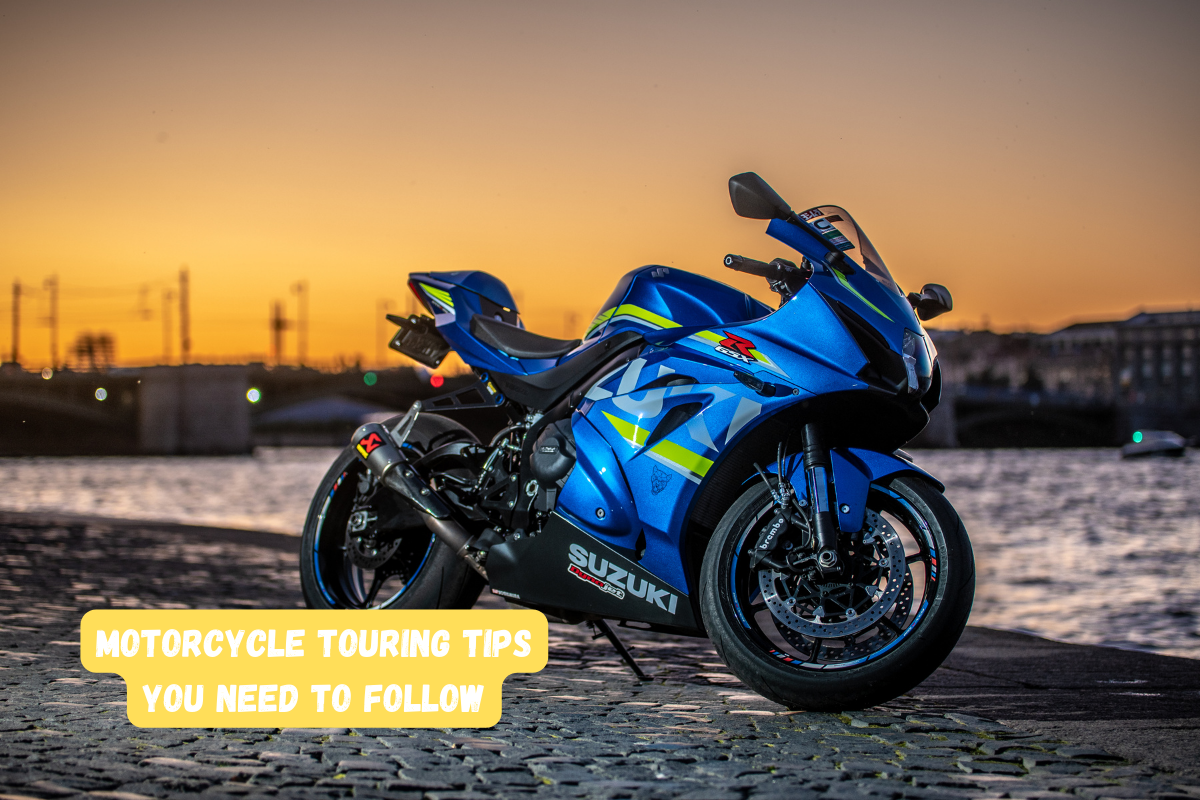The SOUND of the engine, the wind in your hair, the open road stretching endlessly before you – there’s nothing quite like the freedom and exhilaration of a motorcycle tour. But before you saddle up and chase the horizon, it’s crucial to be prepared for the unique challenges and joys of hitting the road on two wheels. To help you plan your most epic (and safe) adventure yet, here are 10 essential motorcycle touring tips:

Best motorcycle touring tips
1. Plan Your Route – Embrace the Journey, Not Just the Destination
While spontaneity has its charm, a well-planned route forms the backbone of a successful motorcycle tour. Start by identifying your must-see destinations, factoring in riding distances, terrain variations, and weather patterns. Utilize online resources like Google Maps, motorcycle-specific forums, and travel blogs to discover scenic byways, hidden gems, and motorcycle-friendly accommodations. Consider the time of year – peak season may offer more amenities, but off-season travel often means lower costs and fewer crowds.
Remember:
- Balance distance with enjoyment: Aim for daily riding distances conducive to rest, exploration, and avoiding fatigue.
- Consider weather patterns: Avoid extreme heat, heavy rain, or snow unless your gear and experience are suited for such conditions.
- Research road closures and restrictions: Be aware of construction zones, detours, and seasonal road closures to avoid last-minute scrambling.
- Allow flexibility: Leave room for spontaneous detours and discoveries – sometimes the best experiences are found off the beaten path.
2. Befriend Your Machine – Know Your Bike Inside and Out
Your motorcycle is your trusty steed on this journey, so understanding its needs is paramount. Before setting off, conduct a thorough pre-trip inspection, covering tyres, brakes, fluids, lights, and chain tension. Pack essential tools and a basic repair kit, and familiarize yourself with roadside fixes like changing a flat tyre. Research common mechanical issues for your specific motorcycle model and carry any spare parts you might need.
Remember:
- Schedule a pre-trip service: Have your motorcycle professionally serviced to ensure peak performance and identify any potential problems before they arise.
- Invest in high-quality gear: Reliable tyres, well-maintained brakes, and proper chain lubrication are crucial for safety and preventing unexpected breakdowns.
- Learn basic repairs: Knowing how to change a tyre, fix a loose chain, or troubleshoot electrical issues can save you time and money on the road.
3. Pack Light, Pack Smart – Less is More on Two Wheels
Resist the urge to pack your entire house on your motorcycle. Overloading hinders handling, reduces fuel efficiency, and increases fatigue. Prioritize essential items like clothing, toiletries, navigation tools, first-aid kit, and emergency supplies. Utilize waterproof packing cubes, compression sacks, and tank bags to maximize space and keep your gear organized. If camping, opt for lightweight tents, sleeping bags, and cooking equipment.
Remember:
- Prioritize layers: Pack clothes suitable for various weather conditions, focusing on quick-drying, breathable fabrics.
- Bring essential tools: Include a multi-tool, tyre pressure gauge, and basic repair kit for minor adjustments.
- Don’t forget the fun stuff: Pack a camera, travel journal, or music player to capture memories and enhance your riding experience.
- Invest in waterproof gear: Stay dry and comfortable with a rain jacket, pants, and waterproof covers for your luggage.
4. Embrace the Elements – Dress for the Ride, Not the Destination
Your clothing plays a crucial role in comfort, safety, and enjoying the ride. Invest in high-quality motorcycle gear that offers abrasion resistance, weather protection, and breathability. Opt for a helmet that fits snugly and offers good ventilation, a leather or textile motorcycle jacket and pants with CE-approved protectors, and sturdy motorcycle boots that provide ankle and shin protection. Consider layering for adjusting to changing temperatures and pack waterproof gear for unexpected rain showers.
Remember:
- Safety first: Never compromise on safety – wearing proper gear can significantly reduce the risk of injuries in case of an accident.
- Comfort is key: Choose breathable materials that offer adequate airflow to prevent overheating on hot days.
- Be prepared for rain: Pack a waterproof rain jacket and pants to stay dry and comfortable during unexpected downpours.

